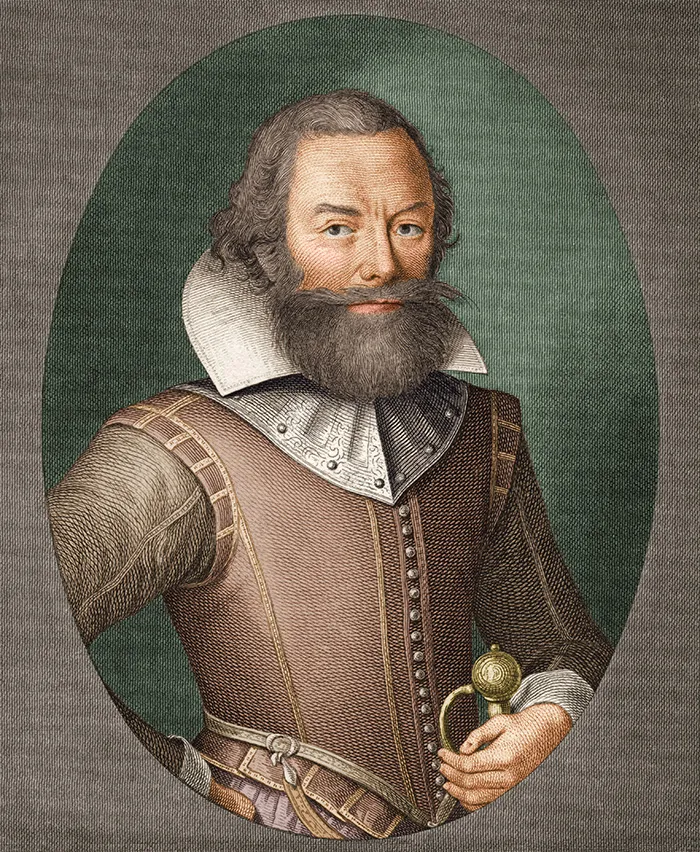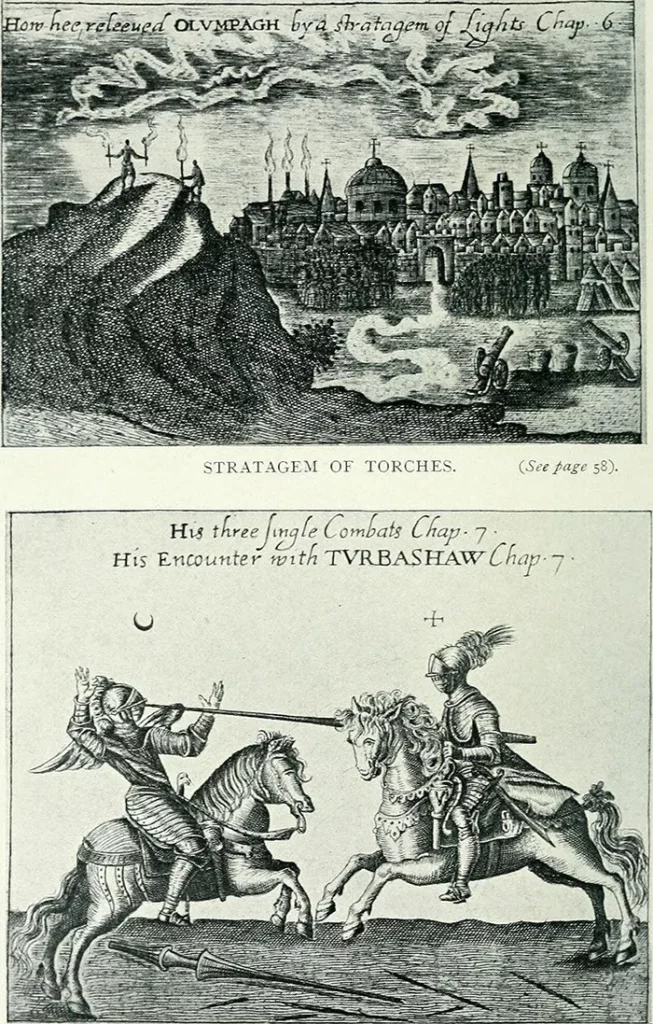Captain Smith and Pocahontas
“Fever” by Peggy Lee
Had a very mad affair
When her daddy tried to kill him
She said, “Daddy, oh don’t you dare.”
He gives me fever
This is the part of the story we all know, if not from Peggy Lee’s hit 1958 song “Fever”, then at least from Disney’s “Pocahontas” (*for Gen Z readers: it’s basically an older version of “Avatar” but set in America). And yeah, there was also a 1953 Western movie by Lew Landers. However, before the part of the true story of John Smith that we all know, aka, John Smith, the colonial governor who founded the first permanent English settlement in America in Jamestown, Virginia, he had quite a swaggering history in Central Europe.
The Central European Captain Smith
Before he colonized Virginia in 1607 at age 27, he had already gained experience and a reputation as an adventurer in another historical setting: the melting pot of Central Europe. This is where he soon ended up as the Habsburgs’ subject fighting many causes.


Enough said that his adventures were published under the title “The True Travels, Adventures, and Observations of Captaine John Smith, in Europe, Asia, Africa, and America, from Anno Domini 1593 to 1629.” The tome was succinctly subtitled: “His Accidents and Sea-fights in the Straights; his Service and Stratagems of warre in Hungaria, Transilvania, Wallachia, and Moldavia against the Turks, and Tartars; his three single combats betwixt the Christian Armie and the Turkes. After how he was taken prisoner by the Turks, sold for a Slave, sent into Tartaria; his description of the Tartars, their strange manners and customes of Religions, Diets, Buildings, Warres, Feasts, Ceremonies, and Living; how hee slew the Bashaw of Nalbrits in Cambia, and escaped from the Turkes and Tartars. Together with a continuation of his generall History of Virginia, Summer-Iles, New England, and their proceedings, since 1624, to this present 1629; as also of the new Plantations of the great River of the Amazons, the Iles of St. Christopher, Mevis, and Barbados in the West Indies.”
If you made it through that subtitle, you can clearly see that half of his deeds are connected to Central Europe.
The Constantinople lover
Well-educated as a teenager, he set for sea at the age of 16 after his father died. Colonization of the Americas, or the race to jumpstart it, was a thing in his time around 1600, but the West was not his first choice.
At first, he engaged in the political affairs of Western Europe, becoming a French mercenary fighting Spain and fighting for Dutch independence against the Spanish. Soon after, he became a pirate in the Mediterranean. Around this time, between 1593 and 1606, the Habsburg Empire was fighting the Ottoman Turks over parts of Central Europe – Wallachia, Transylvania, and Moldova – parts of Romania and Moldavia to translate it to today’s terms.
John Smith became a soldier in this conflict. Coming back to the military, he served under Romanian national hero Michael the Brave and, in 1600, became a cavalry captain. To Smith, the Ottomans became the new Spanish, with the captain taking more opportunities to fight them. After the rumor sparked that he beheaded three Turks in single-combat duels, he became a Transylvanian knight, and the Turks’ heads were placed into his coat of arms.
At one point, while fighting against the Ottomans’ vassals, the Tatars, in Crimea, he was captured, made a slave, and sold. According to legend, the new owner gave Smith as an offering to his mistress in Constantinople, but Smith conquered her heart, was later sent back to Crimea, and then escaped.
Crimea, in turn, bordered Muscovy and Zaporozhia – a mostly wild part of Ukraine, which was, at the time, a part of the Polish-Lithuanian Commonwealth. Smith visited both countries – both of which were independent from the Ottoman Empire. It was the Polish-Lithuanian Commonwealth that gave him freedom and where he started his westward voyage to Africa and Northern America.
As a historical and pop-cultural figure, he remains notable for his deeds in the New World, but his career as an adventurer started in the adventure-rich lands of Central Europe.







